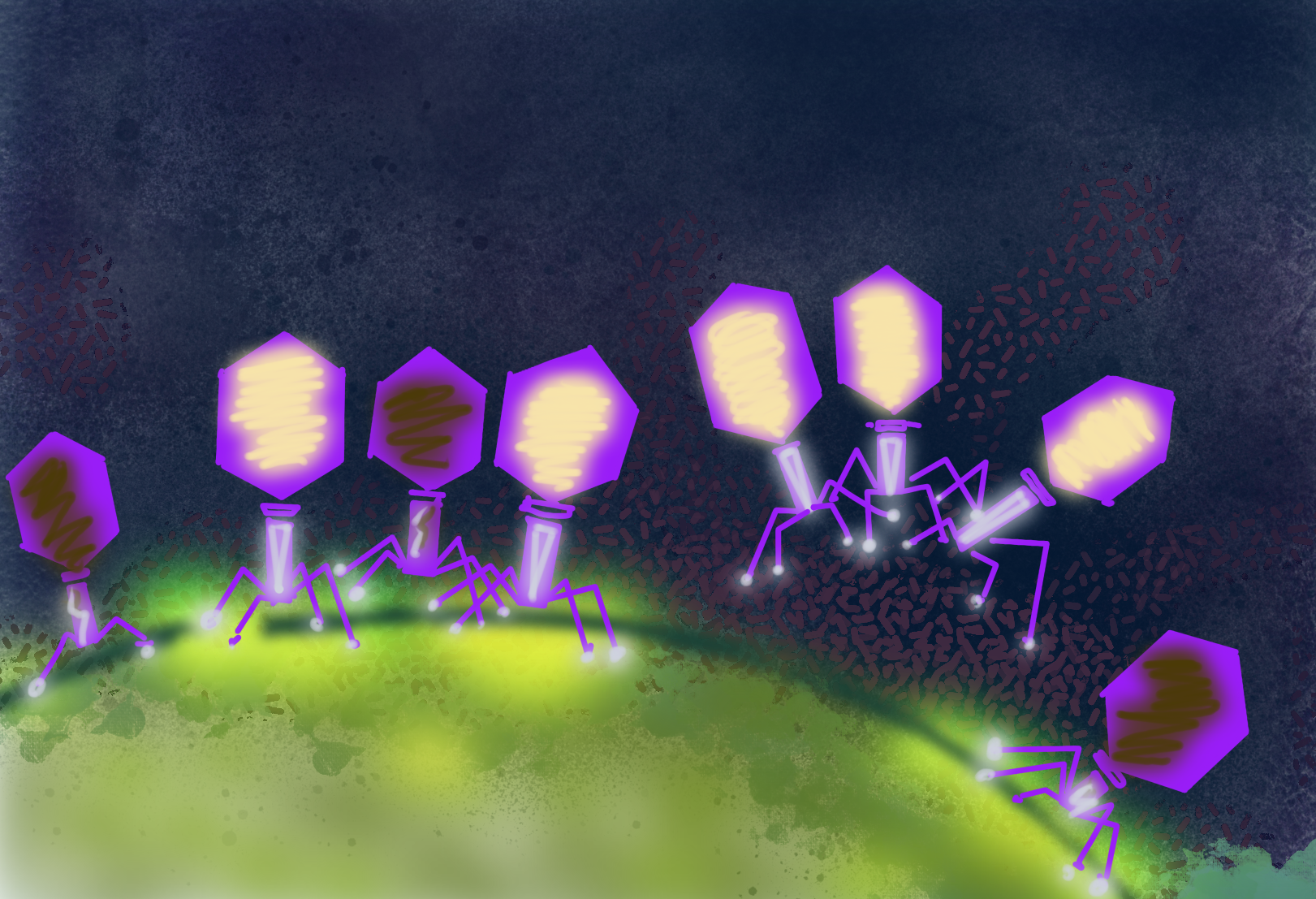BERAC Subcommittee Report on Boron Neutron Capture Therapy (BNCT) Clinical Trials.
BERAC Subcommittee Report on Boron Neutron Capture Therapy (BNCT) Clinical Trials.
In response to the charge letter from Dr. Martha Krebs, Office of Science, dated November 5, 1998.
Committee members: Bijay Mukherji, M.D., Chair, University of Connecticut Health Sciences Center, Walter Curran, M.D., Thomas Jefferson University; Donald Kufe, M.D., Dana Farber Cancer Center; Moshe Moar, M.D., M.D. Anderson Cancer Center; Christine Siantar, Ph.D., Lawrence Livermore National Laboratory.
Background
The clinical trials of BNCT conducted at Brookhaven National Laboratory (BNL) and the Massachusetts Institute of Technology (MIT) during the nineteen fifties and nineteen sixties were unsuccessful and had unacceptable clinical toxicities. Because of the development of a compound (boronophenylalanine) with acceptable tumor specificity and improvement in neutron beams, a Phase I study of BNCT in glioblastoma multiforme was initiated at BNL in1994. A Phase I study of glioblastoma and malignant melanoma was started at the MIT medical reactor the same year. The MIT group eventually entered into collaboration with the Deaconess/Beth Israel Hospital, DBIH. The BNL study accrued 52 patients and the MIT group has entered 22 patients into their clinical trial. In May 1999, the OBER staff recommended cessation of patient accrual into both studies because it appeared that the maximally tolerated dose has been reached. Follow-up of patients and analysis of clinical data is ongoing.
The BERAC subcommittee was charged with evaluating the scientific rigor of the clinical trials and making recommendations concerning the role of OBER in the conduct of additional Phase I and Phase II BNCT trials. Also, the committee was asked to evaluate the role of OBER in basic radiobiological research as it pertains to BNCT. The committee did not address the issue of compliance with Federal (FDA and NIH) regulations related to clinical trial monitoring and conduct. However, the subcommittee was aware that OBER had funded a Contract Research Organization (CRO) to assess compliance issues related to the BNCT trials. The subcommittee was supplied with all of the relevant clinical data from the trials. A meeting was held during which both the MIT/DBIH and the BNL groups made oral presentations and answered questions. Hygiae Research Corp. presented some of their findings on monitoring of the trials and Dr. J. Yanch summarized a recent workshop on accelerator development for BNCT.
Instrumentation, Dosimetry and Physics
The subcommittee was aware of the special challenges that BNCT presented as compared to conventional radiotherapy with respect to beam design, dosimetry, beam calibration, treatment planning and delivery. The major challenge is that the patient-specific boron-10 distribution is not well understood on either the macroscopic level, which limits the accuracy of physical dose-particle fluence estimates, or at the microscopic level, which limits the accuracy of biological weighting factors. This creates a high degree of uncertainty in compound-relative biological effectiveness (C-RBE) particularly for the boron-10 dose components. The subcommittee was concerned that the C-RBE for brain, which is important for toxicity trials, is derived primarily from thermal neutron experiments in rat spinal cord.
The sub-committee felt that the BNCT research community should address the following basic science issues:
- standardization of meaningful units to describe the amount of radiation received by a patient
- development and implementation of methods to quantitatively assess the distribution of boron-10 in patients at the macroscopic and microscopic level
- development of more accurate estimate of C-RBE factors
- minimize beam-to-beam and patient-to-patient differences in radiation delivery.
Clinical BNCT Trials at BNL and MIT/DBIH
The sub-committee appreciated the difficulty in designing and conducting a Phase I clinical trial with multiple complex therapeutic variables. It was felt that the conducted studies have not yet established a dose response relationship for human brain. Given the uncertainties with dose estimation as noted above, the large number of BNL protocols with confounding variables (different fields, different fractionation schedules, varying tumor volumes, previous brain radiotherapy) have further complicated the interpretation of clinical results. A carefully designed and focused dose-response phase I study, although desirable, may not be possible at the present time given the uncertainties associated with boron distribution.
The clinical experiments proposed at BNL, i.e. increase the BPA infusion time and establish maximum tolerated boron dose, were felt not to have a sound scientific basis and should not be undertaken.
The unanticipated toxicities (at radiation doses lower than expected) were problematic. The two pulmonary related deaths at MIT/DBIH and the central nervous system complications at BNL must be studied carefully and the BNCT community and regulatory agencies should be made aware of these problems as soon as possible, if they have not already been notified.
The sub-committee felt that if the clinical data eventually justified a Phase II trial it could be supported and monitored by the National Cancer Institute or by other agencies. These agencies have the experience and expertise to evaluate and monitor phase II clinical trials. Finally, the subcommittee urges OBER to examine carefully possible protocol violations and to institute appropriate safeguards for any clinical studies.
DOE Role in Radiation Oncology.
The sub-committee felt that the DOE has a role in radiation oncology particularly in the areas of instrumentation design, radiopharmaceuticals, novel computational approaches to treatment planning, and radiation biology. It was felt that further support of basic science related to BNCT, e.g. accelerator development, boron-drug development, etc. was, and should remain, a DOE programmatic decision based on competing priorities.
Recommendations:
Respectfully submitted
Bijay Mukherji, M.D. 11/11/99_______
for the BERAC sub-committee date



